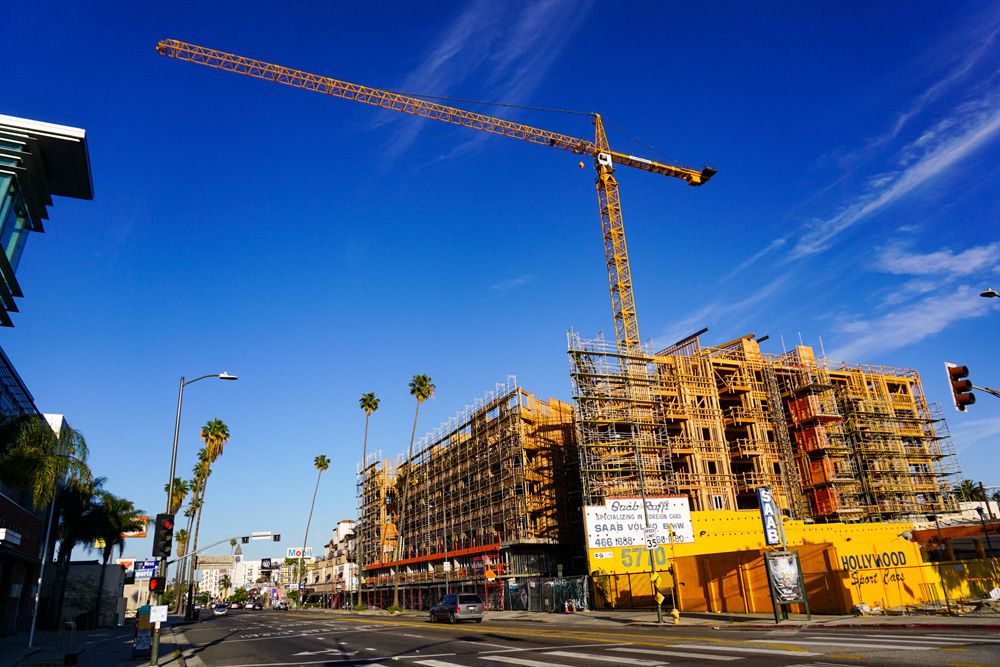 The printing of “Trump Bucks” and “Biden Bucks” throughout the pandemic in an attempt to stimulate the economy certainly prevented a lengthy recession yet the downside to this excessive printing of money is the “i word” we all dread – inflation. Inflation has also been fueled by the rise in consumer spending on products throughout the pandemic as there wasn’t much else to do but load up on consumer goods while remaining in the safety of home.
The printing of “Trump Bucks” and “Biden Bucks” throughout the pandemic in an attempt to stimulate the economy certainly prevented a lengthy recession yet the downside to this excessive printing of money is the “i word” we all dread – inflation. Inflation has also been fueled by the rise in consumer spending on products throughout the pandemic as there wasn’t much else to do but load up on consumer goods while remaining in the safety of home.
Inflation has not caught many by surprise as most economists anticipated it would occur in the aughts or even earlier. The truth is economists incorrectly predicted an inflationary environment for decades. Meaningful inflation never took shape until recent developments. Commercial real estate investors far and wide are hesitant to scoop up traditional commercial spaces yet an investment in multifamily housing just might help offset the currency devaluation that occurs with inflation. Here’s why.
Why Inflation is an Opportunity to Invest in Commercial Real Estate
Inflation is an economic inevitability that does not have to sabotage your portfolio of commercial real estate holdings and financial securities. Commercial real estate investors who invest their money wisely will find inflation doesn’t take nearly as large of a bite out of the bottom line – or any bite at all. The moral of this story is it is in your interest to invest in inflation. In particular, multifamily housing appears to be a golden opportunity as money devalues, wages increase and the housing crunch continues.
The increase in the cost of land has forced residential homebuilders to focus on larger, more expensive houses along with luxury condos that generate a comparably high return on investment. The country’s ever-shrinking middle class is struggling to afford increasingly expensive housing, shifting the spotlight to multifamily housing.
Instead of attempting to stubbornly invest in the same traditional securities and properties, savvy commercial real estate investors will shift away from bonds and cash to multifamily housing. This form of commercial real estate has intrinsic value as a yielding asset with an inherently capped supply. Alternatively, cash socked away in the bank, bonds, CDs and money market accounts lose their purchasing power as the price of goods continue to rise in the prolonged inflationary environment.
Hedge your current holdings with multifamily housing and you will find these properties’ leases are perfectly structured to provide a higher rate of return should inflation continue. Multifamily housing leases are typically a year or less in length, meaning the price of such housing is fluid. If inflation continues, the cost of such leases will increase. The repricing of multifamily housing rents in accordance with ever-increasing prices and also the ongoing increase in wages/salaries offsets the impact of inflation.
Consider the Turnover Rate of Multifamily Housing Properties
Though few outside of the commercial real estate industry know it, multifamily housing properties have a high turnover rate. The influx of new lessees sets the stage for investors to increase rental costs, essentially hedging against continued inflation. This way, if the Fed’s policies continue to devalue your hard-earned dollars, that devaluation will be offset by the hike in income stemming from your investment in multifamily housing properties.
Millennials and members of the Generation Z age cohort are buying houses much later in life than their parents. Add in the increased pressure on local government to permit zoning for multifamily housing and the stage is set for an influx of young adults into such shared properties. Investors still hesitant to park their money in multifamily housing need not look any further than the migration to the suburbs where multifamily housing is poised to expand quite rapidly in the years ahead.
Millennials clearly favor suburban life as these communities are tight knit, have excellent schools and are comparably safe and affordable. The migration out of cities to the comfortable suburbs will generate significant investor returns regardless of whether interest rates remain low and inflation continues to have a deleterious effect on hard-earned dollars.
The multifamily housing asset class is also attractive as a whopping 60% of commercial lending dollars will move toward such investment projects in the near future. The Mortgage Bankers Association has stated the commercial lending pie is currently around $700 billion, meaning multifamily housing projects will only continue to become that much more ubiquitous in the short-term and also across posterity.


